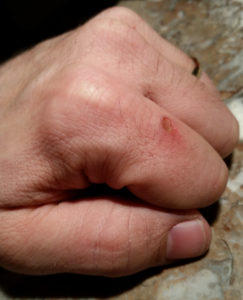Most people I know have hated this election season for one reason or another. Not me – this has been my favorite election cycle that I’ve experienced by quite a wide margin. The reason? People are talking!
From the very beginning of the primary process, I have heard people talking about candidates and issues with a conviction that seems quite different from years past. The emergence of Trump and Sanders meant there were plausible candidates with real differences in both primaries.
If you remember the Bush v Gore election, you might remember the popular complaint that there were no meaningful differences between them (I never agreed, but it was a popular complaint, at least before the election). I don’t think we’ll hear much of that complaint this year.
I’ve always held a soft spot for Michael Jordan’s response when he once refused to endorse a Democrat. “Republicans buy shoes, too,” he said. When you’re a public figure, you can’t communicate a nuanced position. Whatever you say will be twisted into a soundbite that may or may not summarize your point. That’s why I don’t really care what this or that celebrity thinks.
I do care what my friends and family think – and that’s why I love this election. People are talking. Turns out about half the country disagrees with me, and since I am friends with a broad enough sample of the population, about half of my friends disagree with me as well. When we talk, that gives us the opportunity to change each other, although it happens very, very slowly and in ways that we don’t always expect or even notice.
You know what that is? That’s democracy working. I love it. Keep talking!
PS, I mean actual talking, not writing … writing has its place, but talking is better – so if you try to engage me on any specific issue in the comments to this article, it’s unlikely I’ll take the bait 😉
